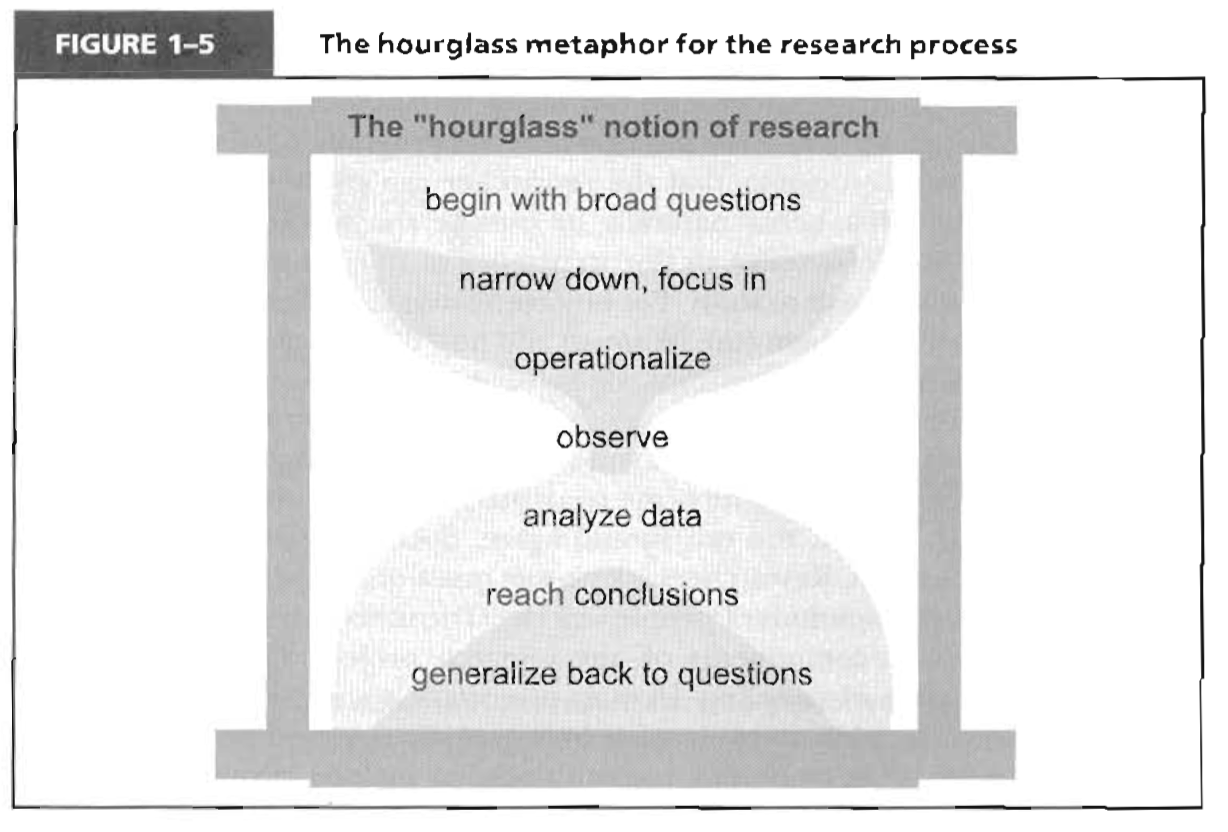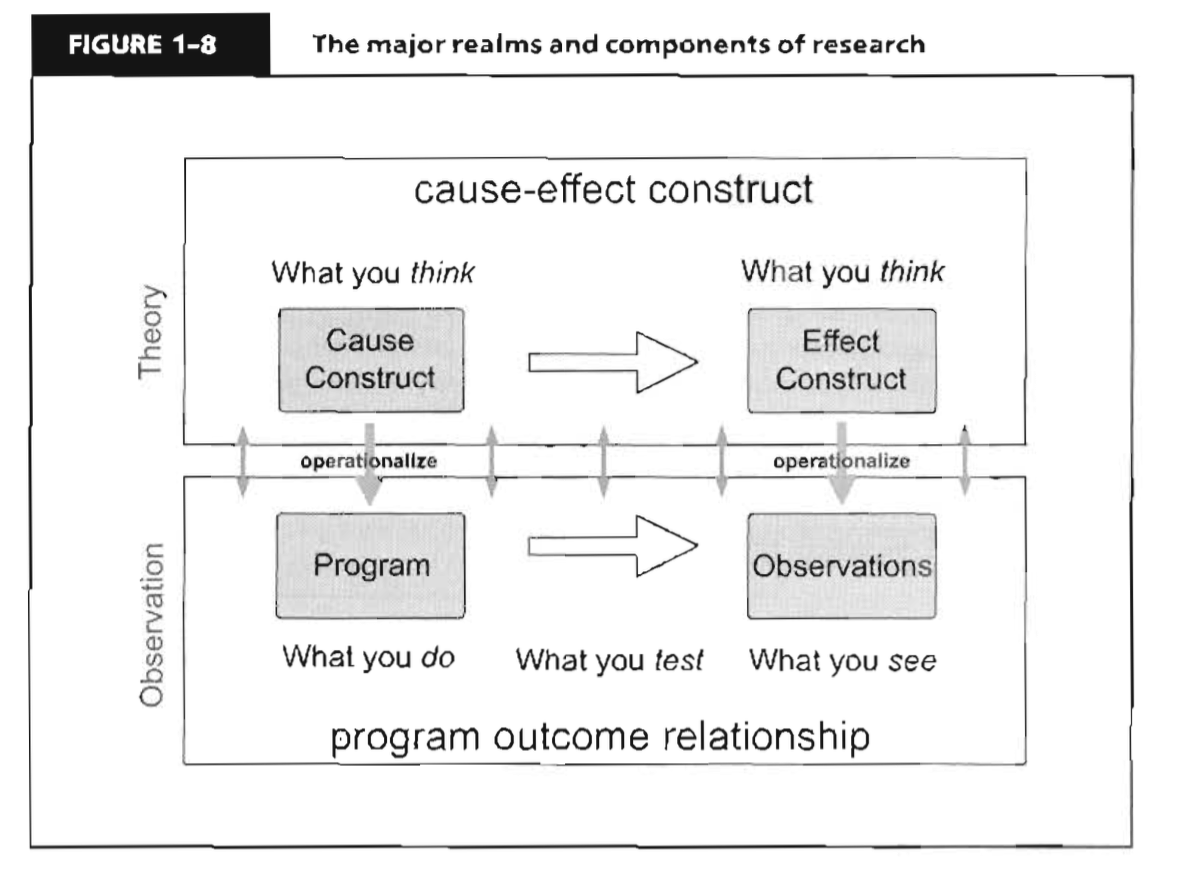Means, B., Bakia, M., & Murphy, R. (2014).Learning online: What research tells us about whether, when and how. Routledge.
Summary:
Means et al (2014) provide a comprehensive overview of the online learning space with helpful categorizations of the main variables and its attributes. One of the most interesting points, besides the finding that online instruction can be as, and sometimes more effective than face-to-face, was that the discussion must move from an overall debate of online or not, this platform or that, to a focus onto how each instructional design principle is effective, for each content type. As in classroom practice, each content area or skills set, requires different pedagogical moves and student interactions with the teacher, the content, and each other. In an online environment, the research and practice must attend to this granularity instead of approaching the use of technology in a generic manner or a technocentric approach. The challenge is that these technological affordances must be used purposefully by the instructors who, for the most part, have had little exposure to online learning environments, might never have been a student in one, and probably has never taken a course on how to create a course online. “People engaged in these activities are often disinclined lo spend time searching the learning sciences literature or selling out to experiment with alternative instructional design principles.” (Means, Bakia, & Murphy, 2014, p37)
Finally, in the conclusion, Means et al (2014) allude that MOOCs might move a direction of being used more and more across institutions. Does this mean that courses are going to, or should become more centralized? Should Stanford for example have the ‘standard’ Programming 101 course other institutions should use since it’s ‘the best’? The thought of centralizing knowledge is to say the least controversial, yet probably impossible. MOOCs themselves, along with the myriad of LMSes and course marketplaces, allow for anyone to publish their own knowledge – evidently with varying levels of quality and effectiveness. With this in mind I find it particularly interesting to research further into how to provide knowledge sharing tools that scaffold the instructor towards a better and more effective course.
Notes:
- Online is as effective as face-to-face
- “Overall, the preponderance of the meta-analyses suggests that purely online and purely face-to-face instruction usually produce statistically equivalent learning outcomes.” (Means, Bakia, & Murphy, 2014, p22)
- Technology to enhance, not only substitute
- “The greatest promise of learning technology lies not in doing what we have always done better, faster, or more cheaply but rather in providing kinds of learning experiences that would be impossible without technology (Fishman & Dede, in preparation).” (Means, Bakia, & Murphy, 2014, p24)
- “‘Trying to make online education “the same” most likely will lead to less than optimal learning, when, in fact, online education has the potential to support significant paradigm changes in teaching and learning’ (p. 3).” (Means, Bakia, & Murphy, 2014, p24)
- Differential Attrition Rates
- Retention rates – research shows winners on both sides
- For “full courses”, online is worse
- Retention rates – research shows winners on both sides
- Online Learning Design Dimensions
- Modality
- Fully online
- Blended with over 50% online but at least 25% FTF
- Blended with 25-50% online
- Web-enabled FTF
- Pacing
- Self-paced (open entry and open exit)
- Class-paced
- Class-paced with some self-paced elements
- Student-instructor ratio
- ≤ 35 to 1
- 36-99 to 1
- 100-999 to 1
- ≥ 1000 to 1
- Pedagogy
- Expository
- Practice environment
- Exploratory
- Collaborative
- Instructor role online
- Active instruction online
- Small presence online
- None
- Student role online
- Listen or read
- Complete problems or answer questions
- Explore simulation and resources
- Collaborate with peers
- Online communication synchrony
- Asynchronous and synchronous
- Asynchronous only
- Synchronous only
- None
- Roles of online assessments
- Determine if student ready for new content
- Tell system how to support the student (basis for adaptive instruction)
- Provide student or teacher with information about learning state
- Input to grade
- identify students at risk of failure
- Source of feedback
- Automated
- Teacher
- Peers
- Modality
- Forms of interaction to be measured/compared
- Teacher-student
- Student-student
- Student-content
- Learning system options
- Pacing and time to learn (self-paced learning)
- Learning objectives (let learners choose their course of study)
- Content choices for specified learning objectives (e.g., opportunities to choose content to match learner background or interests while working on the same skills or concepts)
- Content complexity or difficulty level
- Pedagogy (e.g., a tutorial vs. learn by doing)
- Degree of learner control (e.g., fixed path through the content for some students while other get to choose their own learning sequence)
- Types of scaffolding (e.g., hints suggesting what a learner might review verses providing the prerequisite piece of knowledge)
- Nature and timing of feedback (e.g., information on whether the response was right or wrong versus information on what the learner might do to solve future such problems correctly)
- Multimedia instructional material guidelines
- Coherence – reduce extraneous material
- Signaling – highlight essential material
- Redundancy – avoid adding on-screen text to narrated animations
- Spatial contiguity – place printed words next to corresponding graphics
- Temporal contiguity – present corresponding narration and animation at the same time
- Design Principles Database
- Principles to be applied to entire course
- http://edu-design-principles.org
- Researchers at the Pittsburgh Science of Learning Center (PSLC)
- Apply research-based design principles on specific knowledge components, not only on entire course
- Look at how each instructional design principle is effective for each content type
- Creating online LXs
- Commercial products do not want to expose their data
- Labor-intensive to produce
- Time constraints to launch
- Not research-based
- “People engaged in these activities are often disinclined to spend time searching the learning sciences literature or selling out to experiment with alternative instructional design principles.” (Means, Bakia, & Murphy, 2014, p37)
- Further research – Learning Sciences
- “The circumstances most conducive to meaningful research on how best to design and implement online learning appear to involve longer-term projects that explicitly bring together learning researchers, instructors, and technology developers with the expectation that the online instruction they produce will be used in multiple settings by multiple instructors and refined over time on the basis of learner data.” (Means, Bakia, & Murphy, 2014, p37)
- Carnegie Mellon University’s Open Learning Initiative – http://oli.cmu.edu
- “The circumstances most conducive to meaningful research on how best to design and implement online learning appear to involve longer-term projects that explicitly bring together learning researchers, instructors, and technology developers with the expectation that the online instruction they produce will be used in multiple settings by multiple instructors and refined over time on the basis of learner data.” (Means, Bakia, & Murphy, 2014, p37)
- Summary and Conclusions
- Online instruction can be as effective or sometimes better than face-to-face
- Blended shows even better results specifically
- Technology offers distinct benefits
- Concrete visual representations of abstract concepts
- Fostering interactivity
- Immersion learners in complex, lifelike environments and challenges
- Customizing he pace
- Constant complexity
- Interface
- Amount of scaffolding or individual learners
- Maintaining automated records of each learner’s actions on the learning system over time
- Trend towards one course be used ever more widely across institutions
- Focus on making these courses the best possible
- “Oracle effect”? One source of information?
- Focus on making these courses the best possible
- Need to look at data produced more closely
- Compare with external assessments
- Online instruction can be as effective or sometimes better than face-to-face




